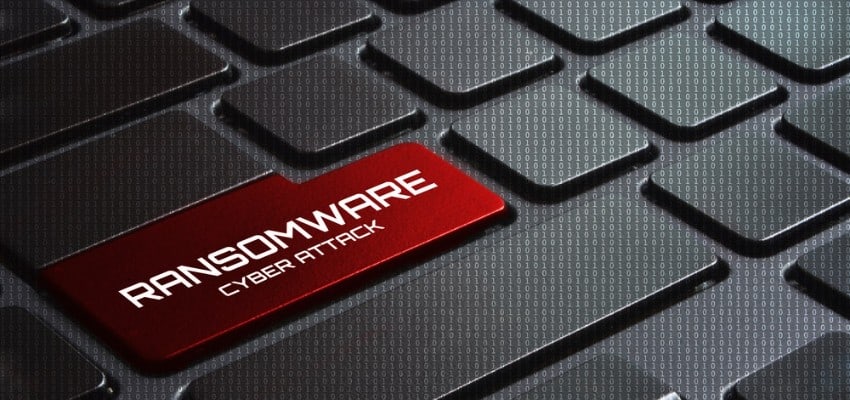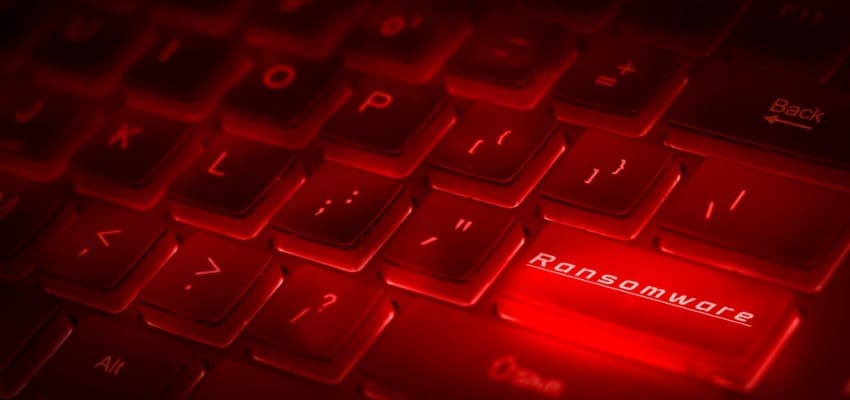|
|
Content Assessment: Joint Cybersecurity Advisory from the CISA, FBI, and NSA on BlackMatter Ransomware
Information - 95%
Insight - 95%
Relevance - 95%
Objectivity - 95%
Authority - 100%
96%
Excellent
A short percentage-based assessment of the qualitative benefit of the post highlighting joint Cybersecurity Advisory on BlackMatter ransomware.
Editor’s Note: As highlighted in the Joint Security Advisory from the CISA, FBI, and NSA published on October 18, 2021, BlackMatter is a ransomware-as-a-service (RaaS) tool that allows the ransomware’s developers to profit from cybercriminal affiliates (i.e., BlackMatter actors) who deploy it against victims. First seen in July 2021, BlackMatter is a possible rebrand of DarkSide, a RaaS which was active from September 2020 through May 2021. BlackMatter actors have attacked numerous U.S.-based organizations and have demanded ransom payments ranging from $80,000 to $15,000,000 in Bitcoin and Monero. This advisory, published on the Cybersecurity and Infrastructure Security Agency (CISA) website, provides cyber actor tactics, techniques, and procedures that may be helpful in understanding BlackMatter ransomware.
Cybersecurity Advisory*
BlackMatter Ransomware
Summary
Note: this advisory uses the MITRE Adversarial Tactics, Techniques, and Common Knowledge (ATT&CK®) framework, version 9. See the ATT&CK for Enterprise for all referenced threat actor tactics and techniques.
This joint Cybersecurity Advisory was developed by the Cybersecurity and Infrastructure Security Agency (CISA), the Federal Bureau of Investigation (FBI), and the National Security Agency (NSA) to provide information on BlackMatter ransomware. Since July 2021, BlackMatter ransomware has targeted multiple U.S. critical infrastructure entities, including two U.S. Food and Agriculture Sector organizations.
This advisory provides information on cyber actor tactics, techniques, and procedures (TTPs) obtained from a sample of BlackMatter ransomware analyzed in a sandbox environment as well from trusted third-party reporting. Using embedded, previously compromised credentials, BlackMatter leverages the Lightweight Directory Access Protocol (LDAP) and Server Message Block (SMB) protocol to access the Active Directory (AD) to discover all hosts on the network. BlackMatter then remotely encrypts the hosts and shared drives as they are found.
Ransomware attacks against critical infrastructure entities could directly affect consumer access to critical infrastructure services; therefore, CISA, the FBI, and NSA urge all organizations, including critical infrastructure organizations, to implement the recommendations listed in the Mitigations section of this joint advisory. These mitigations will help organizations reduce the risk of compromise from BlackMatter ransomware attacks.
Complete Joint Cybersecurity Advisory: BlackMatter Ransomware (PDF) – Mouseover to Scroll
Joint CISA FBI NSA CSA AA21-291A BlackMatter RansomwareActions You Can Take Now to Protect Against BlackMatter Ransomware
• Implement and enforce backup and restoration policies and procedures.
• Use strong, unique passwords.
• Use multi-factor authentication.
• Implement network segmentation and traversal monitoring.
Responding to Ransomware Attacks
If a ransomware incident occurs at your organization, CISA, the FBI, and NSA recommend:
- Following the Ransomware Response Checklist on p. 11 of the CISA-Multi-State Information Sharing and Analysis Center (MS-ISAC) Joint Ransomware Guide.
- Scanning backups. If possible, scan backup data with an antivirus program to check that it is free of malware.
- Reporting incidents immediately to the FBI at a local FBI Field Office, CISA at us-cert.cisa.gov/report, or the U.S. Secret Service at a U.S. Secret Service Field Office.
- Applying incident response best practices found in the joint Advisory, Technical Approaches to Uncovering and Remediating Malicious Activity, developed by CISA and the cybersecurity authorities of Australia, Canada, New Zealand, and the United Kingdom.
Note: CISA, the FBI, and NSA strongly discourage paying a ransom to criminal actors. Paying a ransom may embolden adversaries to target additional organizations, encourage other criminal actors to engage in the distribution of ransomware, and/or may fund illicit activities. Paying the ransom also does not guarantee that a victim’s files will be recovered.
Resources
- For more information and resources on protecting against and responding to ransomware, refer to StopRansomware.gov, a centralized, whole-of-government webpage providing ransomware resources and alerts.
- CISA’s Ransomware Readiness Assessment (RRA) is a no-cost self-assessment based on a tiered set of practices to help organizations better assess how well they are equipped to defend and recover from a ransomware incident.
- CISA offers a range of no-cost cyber hygiene services to help critical infrastructure organizations assess, identify, and reduce their exposure to threats, including ransomware. By requesting these services, organizations of any size could find ways to reduce their risk and mitigate attack vectors.
Contact Information
Victims of ransomware should report it immediately to CISA at us-cert.cisa.gov/report, a local FBI Field Office, or U.S. Secret Service Field Office. When available, please include the following information regarding the incident: date, time, and location of the incident; type of activity; number of people affected; type of equipment used for the activity; the name of the submitting company or organization; and a designated point of contact. For NSA client requirements or general cybersecurity inquiries, contact the NSA Cybersecurity Requirements Center at 410-854-4200 or Cybersecurity_Requests@nsa.gov.
This document was developed by CISA, the FBI, and NSA in furtherance of their respective cybersecurity missions, including their responsibilities to develop and issue cybersecurity specifications and mitigations.
Note: the information you have accessed is being provided “as is” for informational purposes only. CISA, the FBI, and NSA do not endorse any commercial product or service, including any subjects of analysis. Any reference to specific commercial products, processes, or services by service mark, trademark, manufacturer, or otherwise, does not constitute or imply their endorsement, recommendation, or favoring by CISA, the FBI, or NSA.
Revisions: October 18, 2021: Initial Version
Additional Reading
- SOARing Costs? Considering Data Breach Economics
- Defining Cyber Discovery? A Definition and Framework
Source: ComplexDiscovery



























